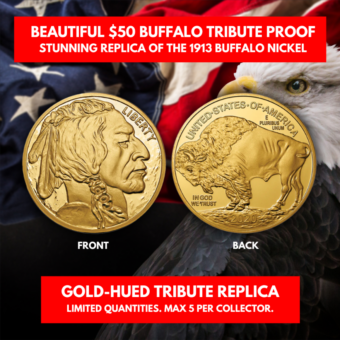
Silver Is Now Converging with the Gold Bull - a technical breakdown
Silver’s recent surge may have been indication enough that investors’ shelter-seeking sentiment in response to global volatility may have finally given rise to silver’s long-time slumber.
Wednesday’s news of a yield curve inversion, one that sent the Dow Jones plummeting 800 points--the worst one-day drop in 2019--certainly kept gold and silver hovering at its current highs.
And while some analysts believe that the yield curve may not be as reliable a recession predictor as it once was (taking a note from former Fed chief Janet Yellen) the focus on the long game--with fears of a global slowdown, the ongoing US-China trade war, and the unconventional monetary policies that many investors fear may lead to a “quantitative failure”--have led individuals and institutions to seek shelter in “safe assets,” many of which appear to be shrinking.
On the mainstream “paper” gold and silver front, precious metal funds and ETFs have been looking all the more appetizing as investors continue to seek diversification for their portfolios.
These are all observable fundamental factors.
But let’s take a detour toward the more “technical” side of things--how a “trader” (versus investor) might look at the market.
Although technical analysis may comprise an approach that many of our readers might not be accustomed to or even familiar with, it’s worth knowing, even on a rudimentary basis. We’ll break it down for you.
Take a look at the chart below:
Notice the numbers [1], [2], and [3]. This arguably constitutes a “triple bottom.” A triple bottom indicates that buyers have stepped in not once, not twice, but three times at the lowest price range in order to accumulate silver.
These low price levels--also called “support”--mark significant price levels of “value”--enough for large buyers jumping in to move prices upward (“supporting” the price).
It’s one thing for buyers to jump in once; more meaningful when buyers jump twice at the same level; but significant when buyers jump in three times at the same price level.
If anything, it tells you that the lowest price range is compelling enough for a large number of buyers as well as many large (i.e. institutional) buyers to jump in at that level.
Bear in mind, there were also “short sellers” who might have attempted to plunge the price of silver only to be rebuffed at the support levels (meaning, it ain’t going down any further as those “discount” levels--similar to value prices in an auction--constitute the most attractive price levels to jump in and buy).
Now, take a look at the beige circle where price breaks upward through the blue line. That’s called a breakout.
You may ask, “what is it breaking out from?”. If you take a close look at the 16.20 range, you’ll notice that price in February plunged back down from that level. Perhaps a number of “shorts” jumped into the market, and likely, many people sold silver at the levell--for profit taking, or perhaps out of fear (shaking the “weak handed” investors out of the market).
Many of those short-sellers might have been profitable--that is, until July 19, when the price of silver broke above 16.20, forcing many bearish short sellers to cover their shorts, lest they take massive losses (what’s called a “short squeeze).
Let’s take a look at another set of indicators below.
First, take a look at the blue line at [A]. This follows silver’s price decline from September to November 2018. But notice that the Relative Strength Index (RSI), which helps indicate the strength of price momentum, at [B] is rising and not falling.
When price declines while the RSI rises, we have a “divergence,” in this case a disagreement in price and momentum.
Price is saying one thing--that silver is sinking--while the RSI is saying another--namely, that positive price momentum is strengthening.
And as we see at [C], the price “low” in May is “higher” than the price low in November at [A]. This signals that an uptrend may be forming if silver’s price can only establish a “higher high,” which it does two months later.
But before that happened, another important and bullish indication took place at [D]. The red line is a 50-day moving average. It shows the average price over the last 50 days.
When price breaks above the 50-day moving average, it is generally considered a bullish sign, as the current price is above its average price over the last 50 days.
Think of it in terms of grades in school: would you rather be above or below the average? If you’re above average, it’s a bullish sign (at school, that is). If you’re below average...well, you may still be brilliant at other things besides school (a case of “skill diversification”).
Back to the topic at hand, silver is now hovering above the $17.00 per ounce range. As long as the price remains above the $14.91 to $15.00 range, then the chances are that the downtrend in silver has reversed.
In other words, silver may now be entering a bull market.
Gold and silver have just reintroduced themselves these past few months as real players in the ETF markets. But ETFs, a secondary paper source, pale in comparison with the real metals.
Meaning physical precious metals.
As silver converges with the gold bull, we highly recommend getting in at these levels, as silver is just beginning to break out. Many investors may have missed the boat’s initial departure when we recommended buying silver a year ago. But the boat is still here, and it may have a long way to go.
Not only might physical silver provide strong diversification for your portfolio, it also provides something that its ETF counterpart cannot--that is, “sound money,” as opposed to a mere paper derivative.
But if you seek both a safe haven (capital preservation) and portfolio growth (capital appreciation) now’s a good time to get in.













